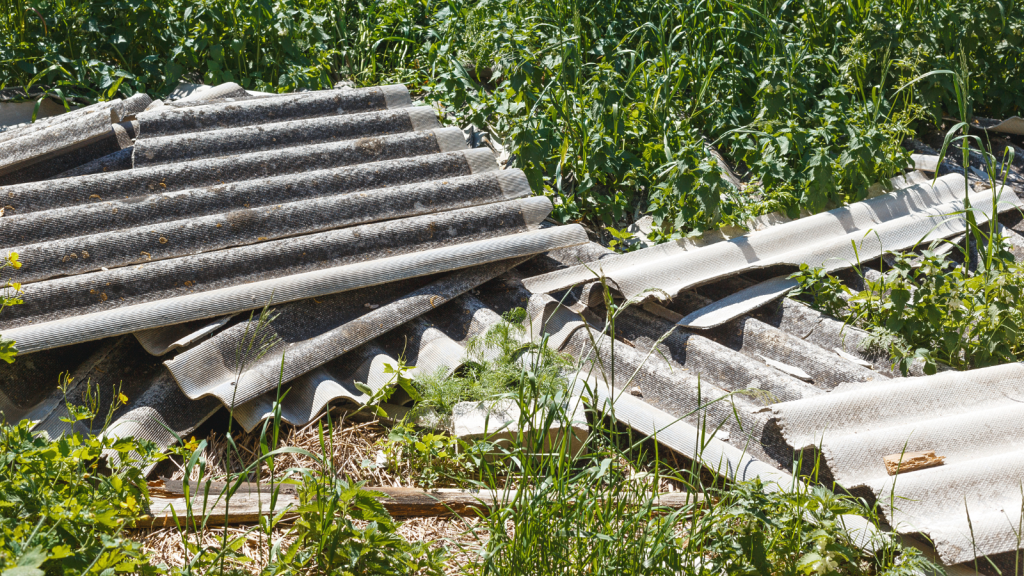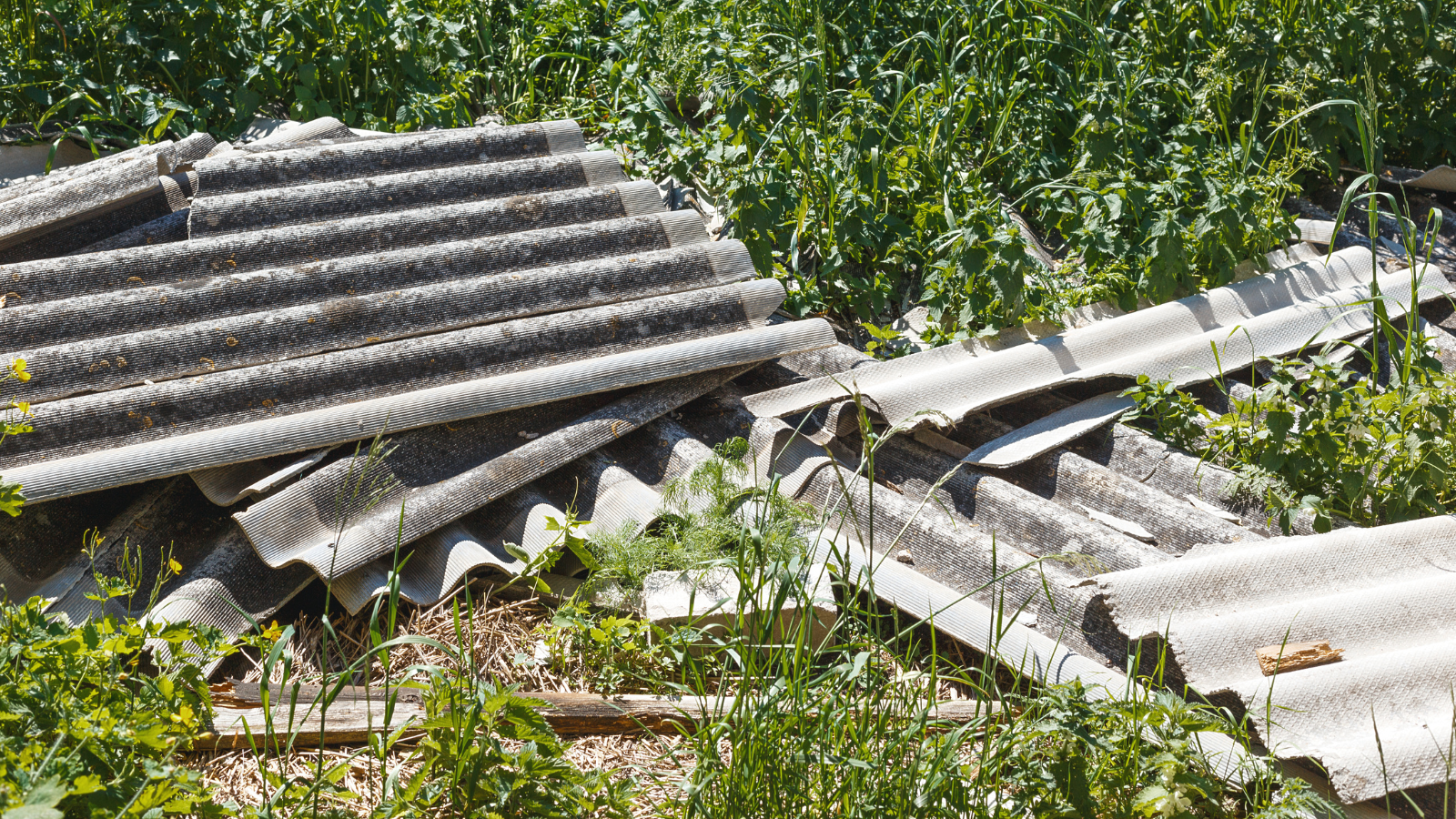Asbestos, we have all heard of it but what actually is it?
Asbestos is a material used in older construction and when disturbed it releases tiny fibres into the air, which become extremely dangerous if inhaled. The material comes in many different forms and can be found in buildings built before the 2000s.
It was commonly used as insulation but is now a banned product in construction, with it being completely banned in 1999. Some common places it was used are:
- Fireproof panels
- Cement roofing materials
- Sprayed insulating coatings on metalwork
- Pipe insulation

The risks of asbestos
The main and most dangerous risk of asbestos is inhaling the fibres, this can lead to fatal lung diseases. However, this means it is only a threat when the material is disturbed, so if it is left alone, it poses little to no risk but should be respected.
Staff are particularly at risk of this as they will be the ones moving around your site and interacting with everything. This could put them in a situation where they are exposed to it directly, highlighting why it is important for staff to be aware of the risks.
The workplace as a whole is also at risk to asbestos, as if disturbed it could potentially harm anyone in the vicinity and will require that area to be shut off and assessed. Potentially harming workflow and productivity while the issue is ongoing.
How to prevent the risks
As part of “The Control of Asbestos Regulations 2012” the law states that the duty-holder of non-domestic premises must ensure:
- The type of asbestos is identified and the condition of it.
- The risks are assessed, and control measures introduced to reduce the risk of exposure
- They protect anyone using or working on the premises from the risks of asbestos
- Findings are recorded in an asbestos register
Risk prevention can be simplified into a few practices, one of which is providing information. You should be transparent with your staff both teaching them about the risks and informing them on where it is located in your premises. This can be done by providing information on the risks or more simply an asbestos awareness course. Your asbestos register should also detail where it is present on your premises so you can either show them that or talk them through the relevant locations.

Asbestos should only be handled by licensed professionals, so make sure your staff know what to do if they find or worst case are contaminated with asbestos. This should be part of their awareness course and all staff should be aware if they are at risk.
Finally, if a staff member finds unknown asbestos they should stop immediately, warn others to keep out of that area and quickly report the finding to the manager. Where they can take the necessary steps to ensure the area is as safe as possible (this includes both a risk assessment – identifying the type and dangers and a plan to mitigate the impact).
Conclusion
Asbestos has the potential to be dangerous, however, with correct care and management, the risks it possesses can be minimised. As long as the correct measures have been taken to reduce the risks – such as a thorough risk assessment, an asbestos register and complete staff training – the risks will be minimal to both your staff and business, but it still must be treated with respect.
References
HSE (2023) ‘Introduction to Asbestos’. Available at: https://www.hse.gov.uk/asbestos/intro.htm (Accessed: 27/11/2023)

